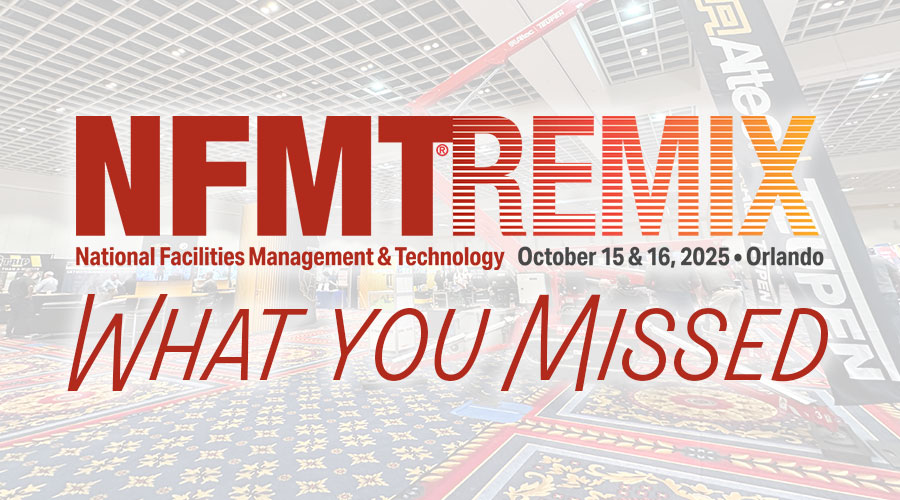
Navigating the Future of Asset Lifecycle Management
The way organizations approach asset lifecycle management is evolving quickly. October 30, 2025
By Jeff Wardon, Jr., Assistant Editor
As facility managers deal with growing demands to optimize operations, cut costs and extend the life of critical assets, the way organizations approach asset lifecycle management is evolving quickly.
Brightly Software’s 2026 Asset Lifecycle Report shares a look at these shifts, highlighting how companies are moving from reactive maintenance toward proactive, data-driven strategies. It also sheds light on the growing role of AI, Internet of Things (IoT) and sustainability initiatives in keeping assets performing efficiently while supporting long-term organizational goals.
According to the report, there is beginning to be a transition from reactive to proactive maintenance. In 2024, 52 percent of respondents said that one quarter to half of their annual work orders were reactive. In 2025, this number dropped to 22 percent. Thirty-five percent now report that less than a tenth of their annual maintenance is reactionary.
There's also a rise in preventive maintenance, as 91 percent of respondents use asset management systems to schedule out and track preventive maintenance tasks, according to the report. Eighty-eight percent believe preventive maintenance reduces costs compared to conventional reactive methods.
Eighty-seven percent express confidence in their asset maintenance strategy to avoid unplanned downtime in the future. Additionally, 51 percent are ready to shift toward more predictive capabilities, which indicates a move towards data-driven maintenance strategies.
The report says that 66 percent of organizations have implemented AI into their asset management practices, marking a 247 percent increase from 2024. Seventy-four percent see the benefit of implementing AI into their asset management plans, with 69 percent even viewing AI as a requirement for success in future initiatives. Overall, AI is being used to extend the life of critical assets and optimize resource allocation.
Eighty-three percent of respondents said that their company considers environmental impact when managing asset health, compared to 51 percent from 2024's data, according to the report. Meanwhile, 82 percent report that sustainability is a critical component of their asset lifecycle, and 85 percent see their asset lifecycle initiatives as an important part of their sustainability plans. Some are even integrating energy management software to track usage and find savings opportunities.
Ninety-seven percent said that they have a three-to-five-year capital investment plan in place, with 81 percent using asset data to adjust capital plans based on expected lifespans and replacement costs. The report also says 89 percent can plan capital budgets around known asset replacements. Also, 82 percent agree that they can predict major asset failures with their asset management systems.
Then, for advanced technologies, 68 percent have implemented some degree of IoT tools into their asset management practices. There's also a segment of 55 percent who leverage digital twins to track asset health and failures for deeper visibility into assets.
Organizations are increasingly integrating advanced technologies such as AI, IoT and digital twins to enhance asset performance and resilience. Ultimately, embracing these trends can lead to improved operational efficiency, cost savings and alignment with sustainability goals.
Jeff Wardon, Jr., is the assistant editor of the facilities market.
Next
Read next on FacilitiesNet












